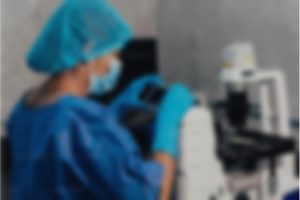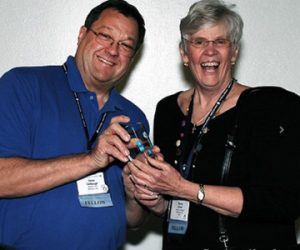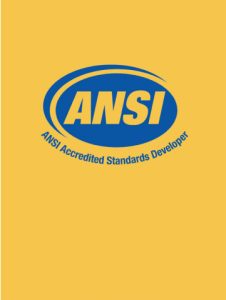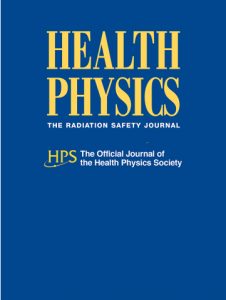I work as a registered nurse, and I have patients who receive nuclear stress tests. These stress tests include injections of 280 megabecquerels (MBq) of technetium-99m (99mTc) tetrofosmin. My question is: How much radiation is a patient emitting after getting injected with this radionuclide? The stress test department has said the patient should avoid contact with children and pregnant women for 24 hours. I try to stay more than 1 meter (m) away from these patients as I am seven months pregnant. I want to know if this will be harmful to my unborn child.
Although it is always wise to be cautious, I do not believe that your unborn child would be harmed from your caring for these patients.
Based on the information that you have provided and assuming the stress test being performed was done expeditiously, the patient will return to their room about 90 minutes after injection of the 99mTc tetrofosmin. Extrapolating from published data of typical exposure rates for adult nuclear medicine patients, the dose rate from the patient you described would be about 0.003 millisievert per hour (mSv h-1) at 1 m at the time the patient returns to his or her room.
If you stand back from the patient (at least 2 m), then the exposure rate would be about 0.0008 mSv h-1. At this level, you are basically at a point that is indistinguishable from background. Pregnant x-ray technologists and others who are occupationally exposed to radiation are allowed to receive 5 mSv during their pregnancies, which is typically less than 0.5 mSv per month. You can see that even if you stood about 1 m from the patient, you would have to stand near patients for over 150 hours each month to reach 5 mSv during your pregnancy.
Linda Kroger, MS
Radiation Safety Officer
Answer posted on 29 July 2016. The information posted on this web page is intended as general reference information only. Specific facts and circumstances may affect the applicability of concepts, materials, and information described herein. The information provided is not a substitute for professional advice and should not be relied upon in the absence of such professional advice. To the best of our knowledge, answers are correct at the time they are posted. Be advised that over time, requirements could change, new data could be made available, and Internet links could change, affecting the correctness of the answers. Answers are the professional opinions of the expert responding to each question; they do not necessarily represent the position of the Health Physics Society.






